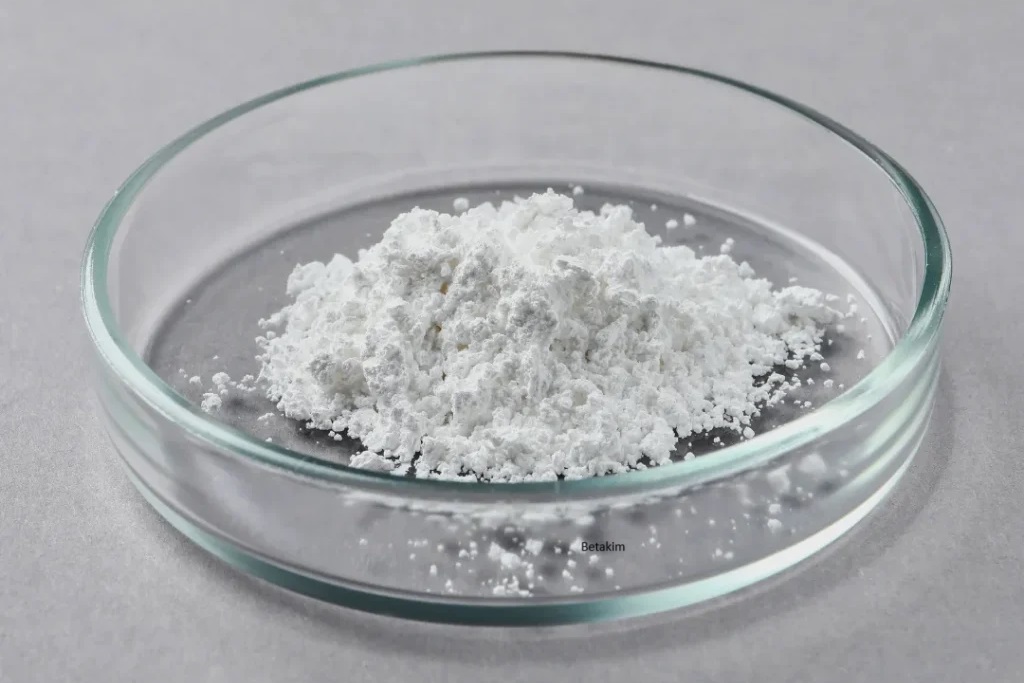We unleash your business potential by maximize the business innovation.
Send EmailAdipic Acid Dihydrazide, Adipyl Hydrazide, Adipohydrazide, Hexanedioic Acid Dihydrazide, ADH, 1071-93-8
Physical and Chemical Properties
-
Chemical Formula: C₆H₁₄N₄O₂
-
Molecular Weight: 174 g/mol
-
Melting Point: 180°C
-
Solubility: Slightly soluble in water, but solubility increases with temperature
-
Form: White or light yellow crystalline powder
-
Reactivity: Forms cross-linking reactions with aldehydes
Applications
ADH is widely used as a cross-linking agent in various industries:
-
Water-Based Acrylic Emulsions – Enhances durability in coatings and paints
-
Epoxy Resins – Serves as a curing agent
-
Adhesives – Improves bonding strength and chemical stability
-
Textile Processing – Increases fabric wear resistance
-
Paper & Polymer Coatings – Provides water and chemical resistance
Other Names
-
Adipyl Hydrazide
-
Adipohydrazide
-
Hexanedioic Acid Dihydrazide
Production
ADH is synthesized through the reaction of hydrazine with adipic acid. In industrial production, adipic acid is often obtained via cyclohexane oxidation, then processed with hydrazine to produce ADH.
Why It Is Preferred
-
High cross-linking capacity
-
Chemical resistance and thermal stability
-
Good solubility in water-based systems
-
Long-lasting stability in coatings and adhesives
Alternative Products
-
Sebacic Dihydrazide (SDH) – Offers similar cross-linking properties
-
Isophthalic Dihydrazide (IDH) – Alternative dihydrazide-based cross-linker
-
Epoxy Hardeners – Used in place of ADH for resin curing
